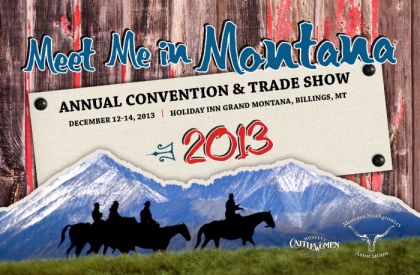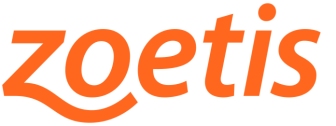Introduction to Cattle Digestion | 10 Things To Know
Forages are the number one source of nutrition for cattle. Cattle are able to utilize a great number of forages, plants, and crop by-products as feed that humans cannot digest. They’re great recyclers and by utilizing cattle we’re able to produce food on millions of acres that otherwise wouldn’t be suitable for growing crops. Cattle are ruminants, meaning they digest feeds through microbial processes, compared to digestion through enzymes in monogastrics like horses, pigs and humans. Many scientists dedicate entire careers to the understanding of ruminant nutrition and are continually learning more about helping cattle to be more efficient and optimal producers through their diets.
Cattle have the capacity to consume 2-3% of their body weight in dry forages each day. That’s 24-36 pounds for a 1,200 lb animal. Less mature, higher quality forages will be digested more quickly and increase capacity for consumption. Lower quality feeds, high in lignin require more time for digestion and slow intake.
- Cattle have 1 stomach with four compartments – rumen (major digestion site), reticulum (honeycomb structure), omasum (has many folds, major site of water absorption), abomasum (true stomach, acid producing).
- The rumen is similar to a fermentation vat that can contain up to 50 gallons of material in adult cattle. The other stomach compartments regulate particle size. Once small enough, particles are allowed to pass from the rumen, to the other stomach compartments for continued digestion and absorption.
- Cattle spend about 8 hours each day “chewing the cud. They are regurgitating food boluses from the rumen and chewing up fibrous materials making them smaller for quicker digestion. This action stimulates saliva production, up to 45 gallons per day, that helps to maintain proper pH levels for rumen function.
- Most digestion in cattle occurs through bacteria and protozoa present in the rumen that digest feedstuffs to produce nutrients that the animal utilizes. The lining of the rumen is filled with finger-like projections called papillae that increase absorption capacity of the products of microbial digestion.
- Cattle are able to utilize a great number of feed sources because of the rumen microbes. Two basic groups of rumen bacteria exist to digest either structural (cellulose or hemicellulose from forages) or nonstructural (starch from grains) carbohydrates to obtain energy. Other feedstuffs broken down in the rumen include sugar, organic acids, protein or fat.
- Volatile Fatty Acids are the major products of rumen digestion and supply 80% of the animal’s energy requirements. The primary VFAs produced are acetic acid (60%), propionic acid (up to 20% on a high grain diet), and butyric acid (12-18%). Other products include heat, gases, amino acids and B-complex vitamins.
- The digestion of rumen microbes supply 60% of the animal’s protein requirement. To maintain microbial growth and function in the rumen, a minimum of only 7% crude protein from dietary intake is required. Excess protein in the diet is an inefficiency in the cattle diet and is broken down and excreted as ammonia through the urine.
-

Fistulated cow with nutrition researcher examining rumen contents. Image via ans.iastate.edu
The balance of microbe populations in a proper diet keeps rumen pH in a range of 5.8 to 6.4. An abrupt change in major components of cattle diets (i.e. forages to grains), can result in excess acid production, resulting in a condition known as acidosis. A transition period allows adjustment of rumen microbe populations and prevents this condition.
- Much of the information we learn about cattle digestion is learned through research using a fistula. This is a hole placed in the side of a cow where a rubber seal and plug are surgically placed. The plug can be removed and researchers can observe and sample rumen activity and contents. The fistula doesn’t harm or injure the cow and they are rarely used outside of research efforts.








